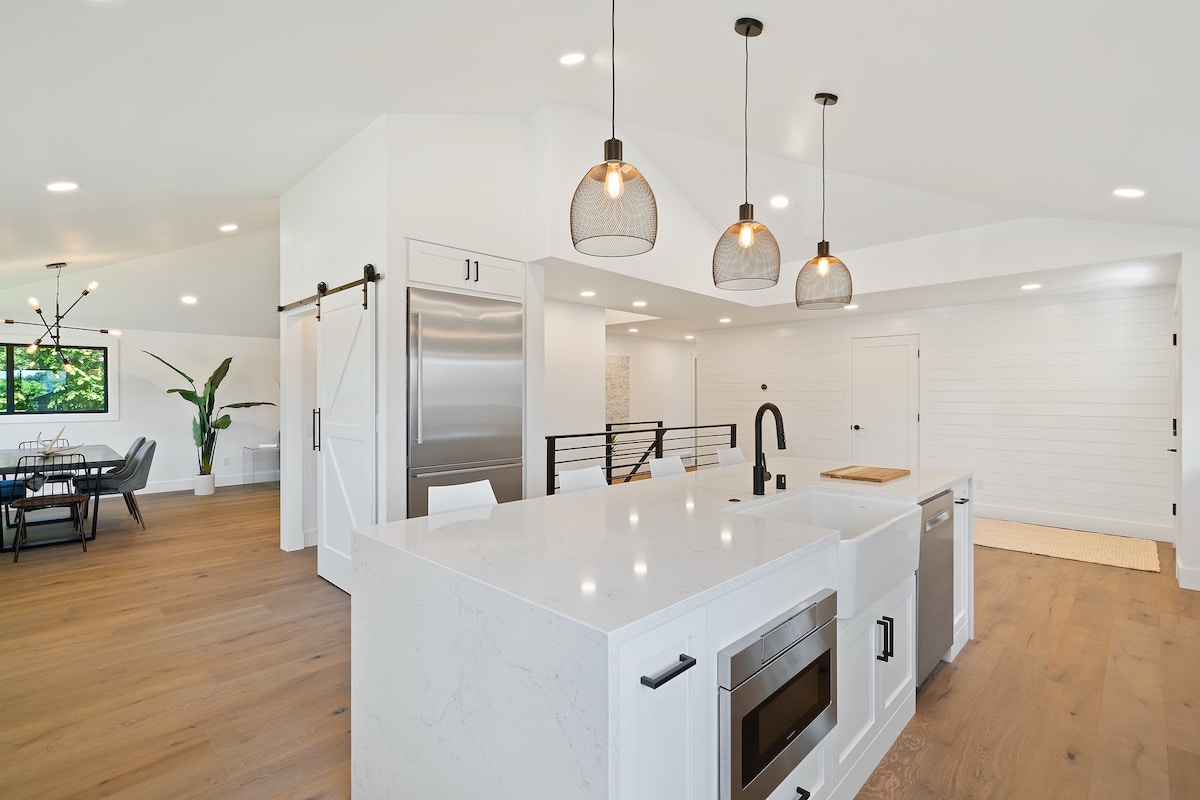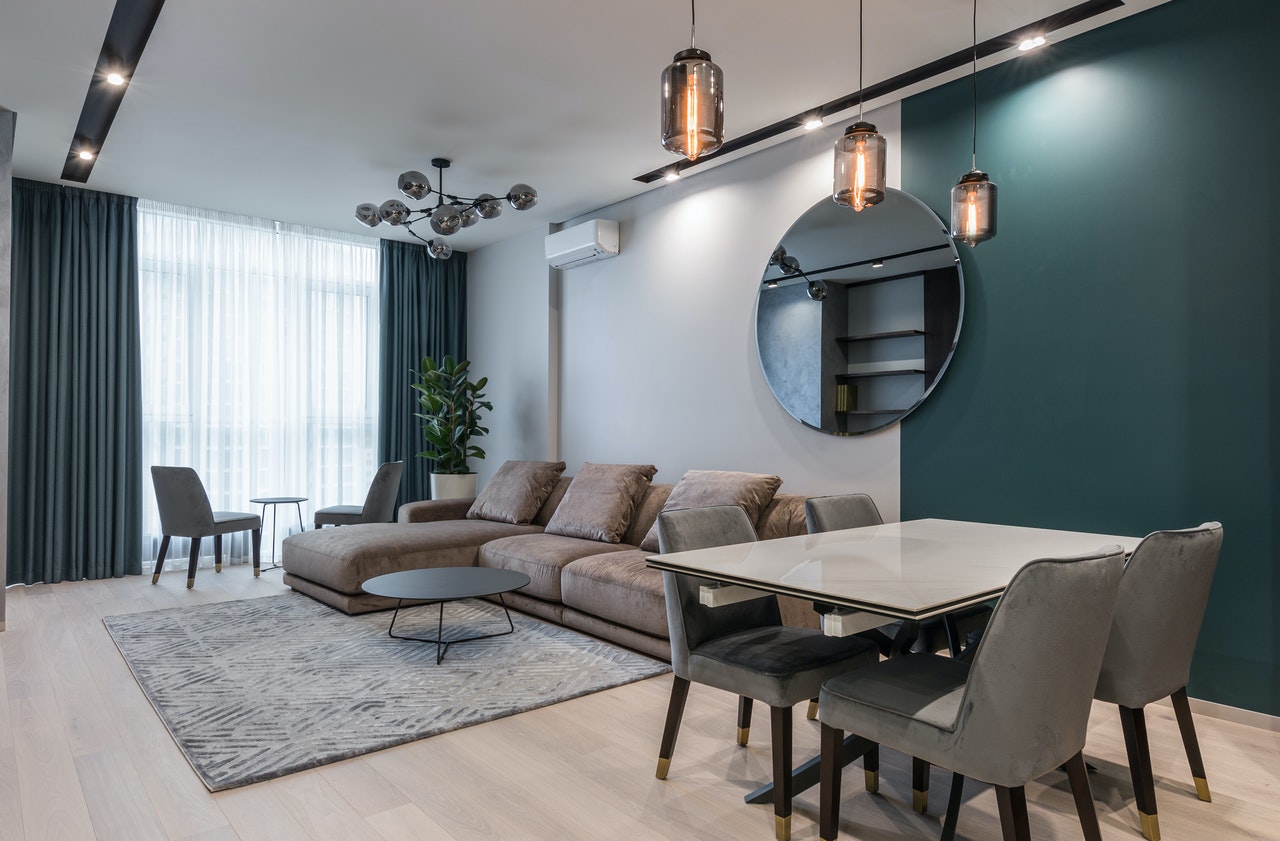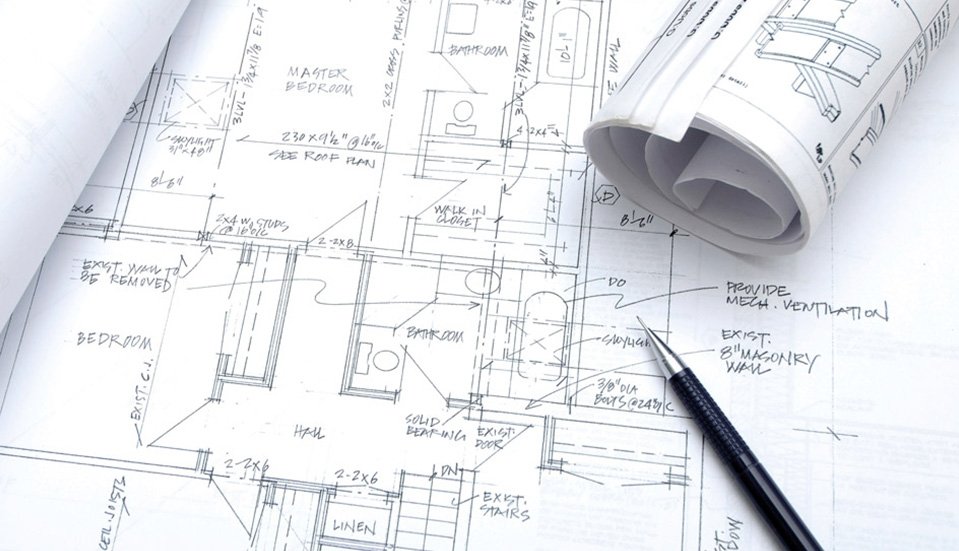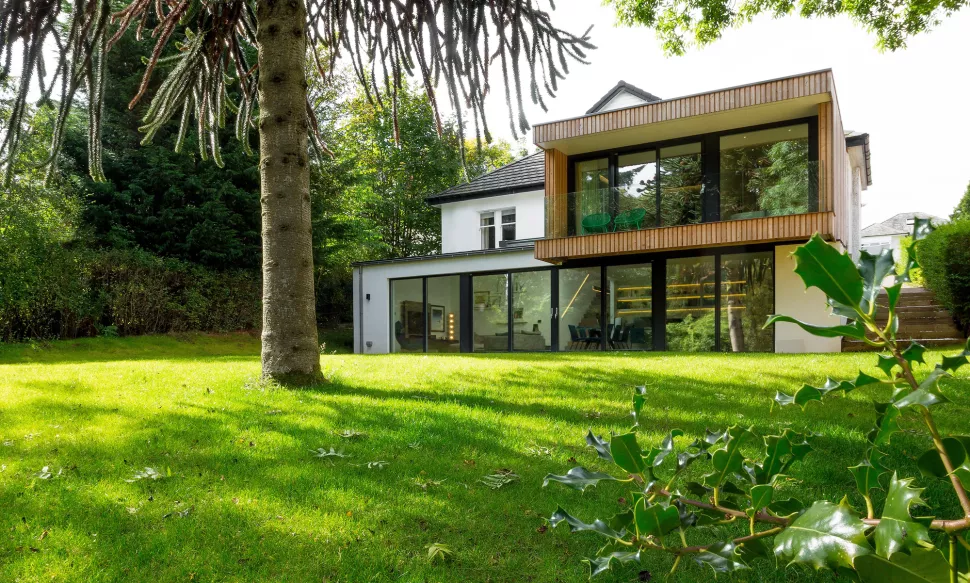
Close

Renovating a house can be an exciting but daunting task, especially if you’re not sure where to start. With so many different elements to consider, from structural repairs to cosmetic upgrades, it can be challenging to create a cohesive plan that meets your needs and budget.
However, by breaking down the renovation process into manageable steps and prioritizing tasks in the right order, you can simplify the process and achieve the results you want.

Our Cheshire home renovation experts will explore the recommended order for renovating a house, taking into account factors such as safety, functionality, and aesthetics. We’ll begin by discussing the importance of creating a renovation plan that outlines your goals, budget, and renovation timeline, and how this plan can help you prioritize tasks and stay on track throughout the process.
Next, we’ll delve into the critical task of addressing structural repairs. These repairs are vital for ensuring the safety and stability of your home and should be addressed before any cosmetic upgrades or changes are made. We’ll discuss common structural issues that homeowners may encounter, such as foundation problems, roof leaks, and plumbing issues, and explore the best ways to address these issues.
From there, we’ll move on to electrical and HVAC upgrades. These systems are critical components of your home that affect both its overall functionality and energy efficiency. Upgrading your electrical and HVAC systems can also enhance your home’s safety and comfort, so it’s essential to address any necessary updates before moving on to cosmetic upgrades.
Finally, we’ll discuss cosmetic upgrades and exterior improvements, such as painting, installing new flooring, and new doors, updating fixtures and appliances, and enhancing curb appeal. By following these steps and prioritizing your renovation tasks, you can create a home that not only looks great but is safe, functional, and comfortable for years to come.
So, whether you’re planning a full-scale renovation or just looking to make some minor improvements, this guide will help you navigate the renovation process and order of house renovation works to achieve the results you want.
Creating a renovation plan is a crucial step in any home renovation project. It not only helps you stay organized and on track but can also save you time, money, and stress in the long run. A renovation plan should include a detailed budget, timeline, and scope of work. It’s also essential to research what to do with pets during a renovation and any planning permission or planning consent required for your home renovation process to avoid any legal issues down the line.
When creating a renovation plan, it’s important to start with the big picture, outlining your overall goals and priorities for the project. Are you looking to renovate the ground floor, the whole house, or just a few rooms? Are you hoping to add value to your property, maybe renovating to sell or create a more functional space for your family?
Once you have a clear idea of your goals, it’s time to get into the details. Create a budget that takes into account all the costs associated with the renovation project, including materials, labor, and any necessary permits or planning consent. This will help you avoid overspending and ensure that you stay within your means.
Another crucial factor to consider when creating a renovation plan is the timeline. Do you have a strict deadline for completing certain jobs in the project, such as a move-in date or a special event? Make sure to factor in any potential delays or unexpected issues that may arise.
Taking the time to create a comprehensive renovation plan can help you set aside money for the future, avoid legal issues, and ensure that your home renovation process runs smoothly from start to finish.

When it comes to renovating your home, it’s essential to focus on structural repairs first. These repairs are critical for ensuring the safety and stability of your home and should be addressed before any cosmetic upgrades or changes are made. To get started, it’s recommended that you hire a structural engineer to assess your home and identify any structural problems that need to be addressed.
Structural issues can range from minor problems such as damp issues or missing tiles to more significant issues like structural roof issues or foundation problems. These problems can affect the overall stability and safety of your home, making it essential to address them before moving on to any other house renovation work.
Once your structural engineer has identified any issues, it’s important to address them at the first fix stage of your renovation project. This means tackling hidden problems in any structural work before any other work takes place. This will help ensure that any other renovation work you do won’t be wasted if there are underlying structural problems that need to be fixed.
Ignoring structural issues can be dangerous and costly in the long run. Not only can it compromise the safety of your home, but it can also lead to more significant repairs and expenses down the line. So, make sure to prioritize structural repairs early in your home renovation process.
Addressing structural repairs early on in your renovation project can help you avoid any potential safety issues and save you time and money in the long run. So, don’t hesitate to hire a structural engineer and tackle any structural problems at the first fix stage of your renovation project.
Addressing your electrical and HVAC systems is another crucial step when it comes to renovating your home. Updating your electrical system and ensuring that your heating, ventilation, and air conditioning (HVAC) systems are functioning properly is essential for creating a safe and comfortable living environment.
When tackling your electrical system, it’s important to have a licensed electrician assess your electrical work and make any necessary upgrades or changes. This may include updating outdated wiring or adding additional outlets to accommodate your family’s needs. Additionally, it’s important to ensure that your electrical system can support any new appliances or technology that you plan to add during your house renovation.
Similarly, addressing your central heating and plumbing systems is also essential. Consider upgrading your boiler and heating system to a more efficient and eco-friendly option to save money on energy bills in the long run. Don’t forget to check your plumbing system as well, ensuring that it is functioning properly and that there are no leaks or damage.
While internal work like upgrading your electrical and HVAC systems may not be as exciting as selecting paint colors or furniture, it is a crucial aspect of any house renovation project. So, make sure to prioritize these systems early on in your renovation process to ensure that your home is safe, comfortable, and functional for years to come.

Planning your layout and functionality is a key aspect of any successful house renovation project. By taking the time to carefully consider the layout of your home, you can create a space that is not only beautiful but also functional and practical for your daily life.
When planning your layout, consider the function of each room and how you want to use the space. For example, if you are renovating your kitchen, think about the placement of your kitchen units and appliances to make more space and optimize workflow and convenience. Similarly, if you are installing new flooring, consider the type of wood flooring that best suits your lifestyle and design preferences. It’s also important to keep in mind your budget and the ceiling price for your renovation project.
You may also need to consider creating new rooms or dividing existing spaces with stud walls or other building work. If this is the case, be sure to think about any fire doors that may need to be added to your property to ensure the safety of your family and neighboring properties.
It’s also essential to consider the impact of your renovation projects on any neighbouring properties. If your renovation involves any building work that may cause noise or disruption, be sure to communicate with your neighbors and work to minimize any inconvenience.
Planning your layout and functionality is a crucial aspect of any renovation project. By taking the time to carefully consider the function of each room, you can create a space that is both beautiful and practical for your daily life. So, don’t rush this stage of your renovation project, and be sure to communicate with your neighbors to ensure a successful and stress-free renovation experience. Read here for more tips on surviving a renovation while living on-site.

After you have completed the structural and functional upgrades of your home renovation project, it’s time to focus on the cosmetic upgrades. This is the fun part where you can add your personal style and make your home truly feel like your dream home. It makes sense to do this during this stage as previous stages will cause dust and debris.
When considering cosmetic upgrades, think about the overall aesthetic you want to achieve. Do you want a modern and minimalist look or would you prefer to retain period features and embrace a more traditional style? This will help guide your choices when it comes to selecting furniture, decor, and finishes.
Consider investing in a statement piece, such as a unique dining table or a piece of artwork, to add character and personality to your space. If your project requires a completely blank canvas, start with a neutral color palette and add pops of color and pattern through soft furnishings and accessories.
When making cosmetic upgrades, don’t forget about the smaller details. Updating door handles, light switches, fixtures, and other hardware can make a big impact on the overall look and feel of your home.
Cosmetic upgrades are about creating a space that reflects your personality and makes you feel comfortable and happy. So, take your time and enjoy the process of transforming your house into your dream home.

While many home renovation projects focus on the interior of your home, don’t forget about the importance of exterior upgrades. Upgrading your home’s exterior can not only improve its overall aesthetic but can also increase its value and curb appeal.
Undertaking an exterior upgrade can be a huge undertaking, but it can be well worth the investment. Consider a loft conversion or a rear extension to add extra space and increase the value of your home. Before making any proposed work, be sure to consult with your local planning authority and your neighbors to ensure your renovations are compliant and respectful of neighboring properties.
Other exterior upgrades to consider include painting your home’s exterior, upgrading your windows and doors, and landscaping your front and back yard. These upgrades can greatly enhance the look and feel of your home, creating a welcoming and inviting atmosphere for you and your guests.
When considering exterior upgrades, it’s important to keep in mind the style and design of your home’s architecture. For example, if you have a Victorian-style home, consider incorporating traditional features like decorative molding or a wrap-around porch.
Exterior upgrades can greatly enhance the overall look and feel of your home. Whether it’s a loft conversion or a simple coat of paint, investing in your home’s exterior can add value and curb appeal. Be sure to consult with your local planning authority and neighbors before making any proposed work, and consider the style and design of your home’s architecture when making upgrades.

At Elliott Construction, we provide a vast amount of home construction services and products to the North West. We build new homes in Cheshire, and our Cheshire builders are available in the following areas: